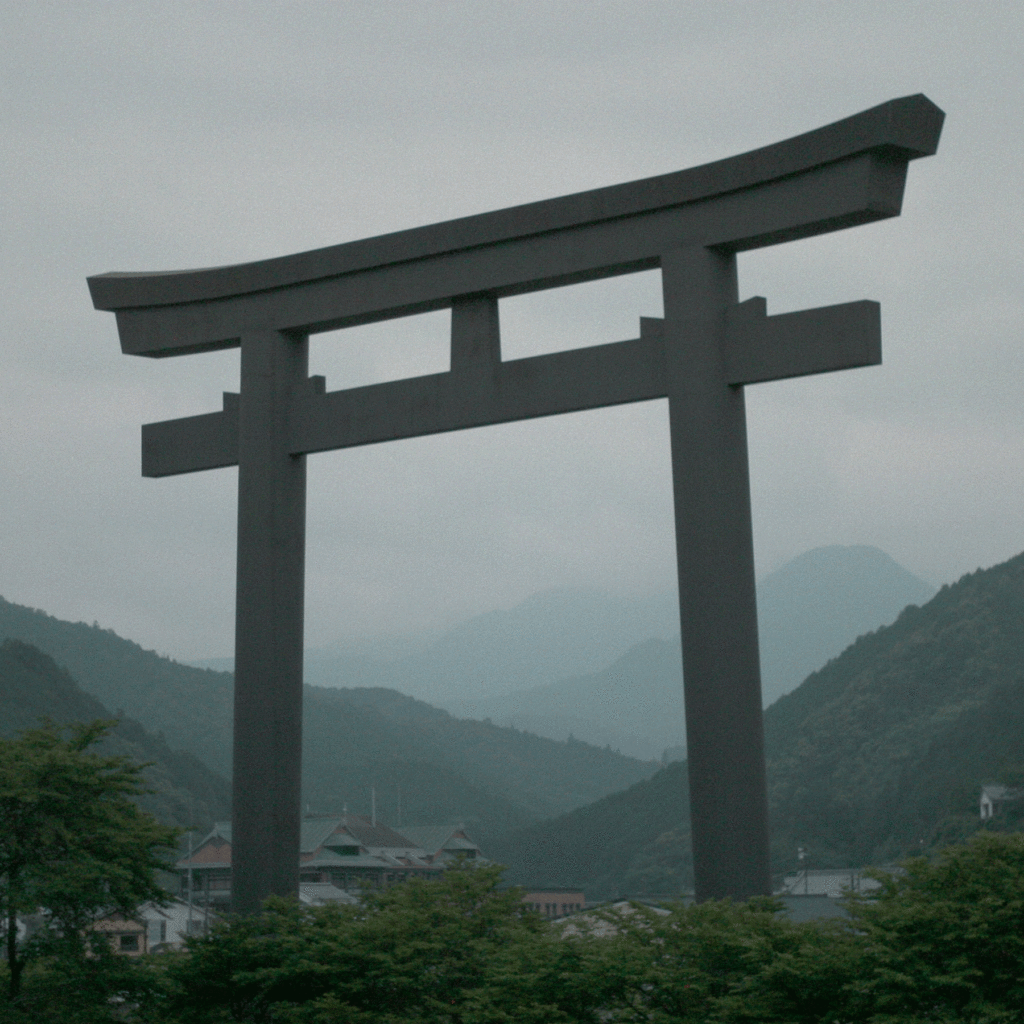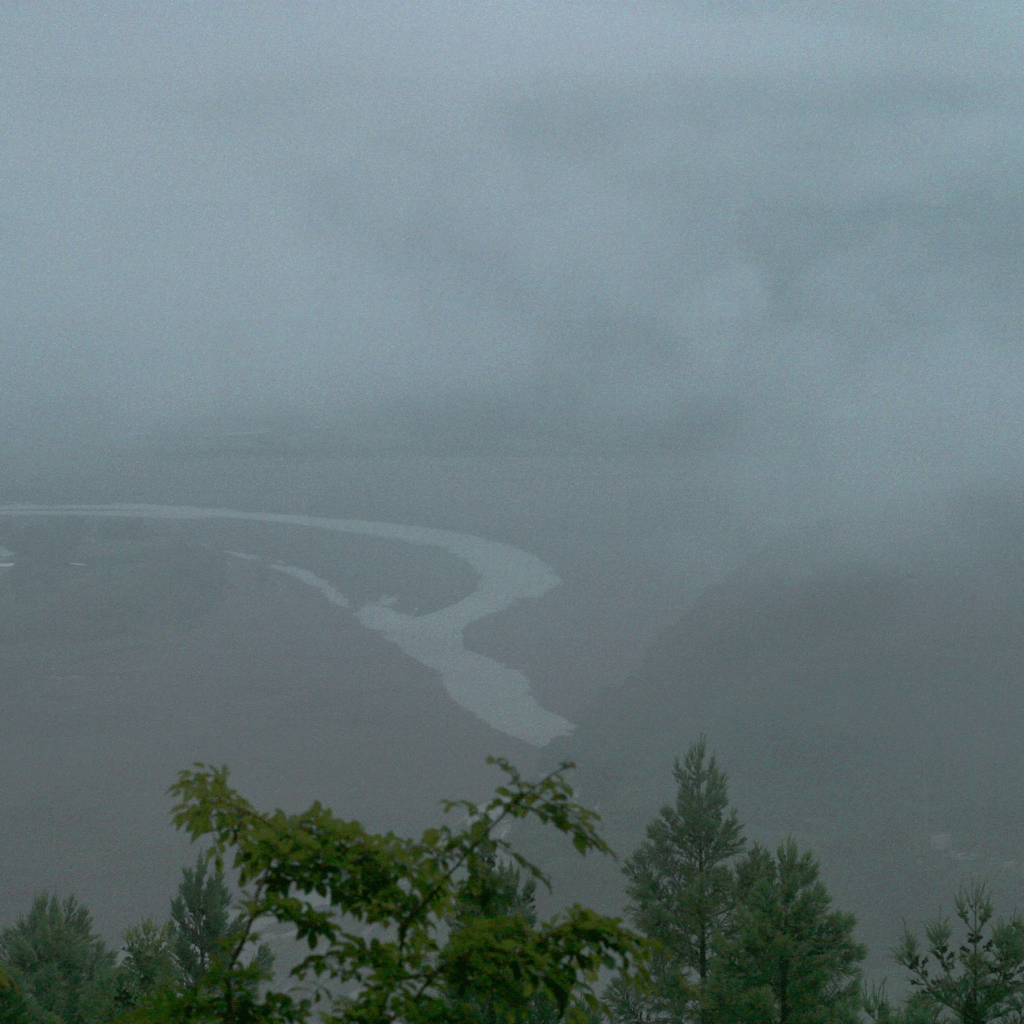Story 02 | Everyday life in the Kii Mountain Range
To this day, Kumano is notoriously difficult to access. There are no bullet trains, no large airports, and often no local train lines which can reach the inner recesses of the mountains. The tough, but shy locals who have been living and farming here for thousands of years, might tell a different story, the Kumano of today is far more open and modern than it was fifty years ago and their lifestyles have changed drastically. “There is a different feeling here now,” says Isao Sakamoto, an 83 year old storyteller employed by the World Heritage Center, who has lived his entire life here. Despite its beauty, and different feeling, Kumano is still a very hard place to live in. During the 1990’s the local population reached a low point, as younger people went in search of more lucrative careers in the cities. Isao loves his life here, helping travelers see a real human face in the ancient landscape.

“The mountains have a kind of magic to them. The way the colors change everyday. Especially when it rains.” As usual, it’s raining today; Kumano is renowned as one of the rainiest areas in Japan, with more than 3000 millimeters of rain a year. Locals seem to wear their love of rain as a badge of pride, “I like the rainy days the best,” boasts Isao. Born into a family of carpenters in a small town called Kamiono, one of Isao’s strongest memories from childhood is the four kilometer walk he would take to school each morning.
“Along the way I would do some fishing, play with things I found on the mountain paths. In those days you only have to go to school for six years.” In those days Kumano was much more lively than it is now, and the agricultural communities were very strong. He feels the UNESCO World Heritage status which Kumano received in 2004 is so important because “now this area is a treasure for the world, and Japan. Before it was really only regarded as a rural area, and not particularly special.”
You can’t really blame people for leaving Kumano, life is hard, and locals must become self sufficient, mastering everything from farming techniques to spiritual health. “In the old days we even had our own kind of hospital,” says Isao. “Hidden along the Kumano road are hundreds of Jizo (small stone statues, representing Buddhist deities). But some have special healing powers for specific ailments; there’s a jizo for your teeth, or stomach, and a jizo for sore backs — who splits in two where you can leave a coin in the middle. Pregnant woman can go to a Jizo to have a healthy baby. These Jizo were how we would stay healthy.” Isao sits quietly while we express amazement at the idea of a huge spiritual hospital in the forest, something which has been a part of his everyday life, and his families lives for generations. “Foreigners visiting Kumano always find this story the most interesting, but I don’t really know why.”
< PAPERSKY no.39(2012)>












